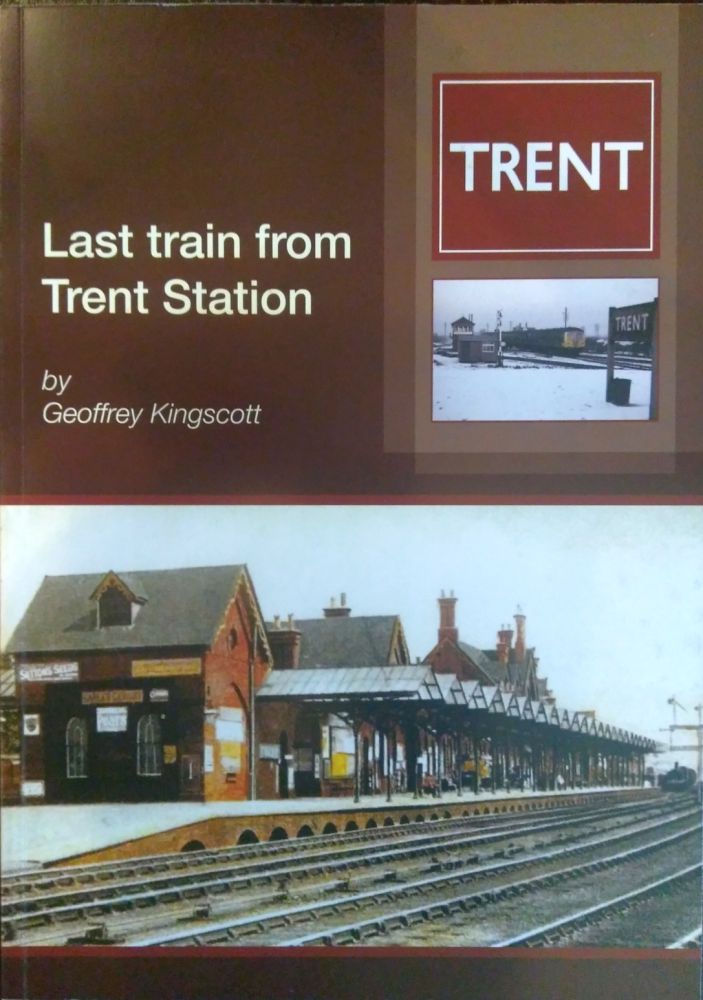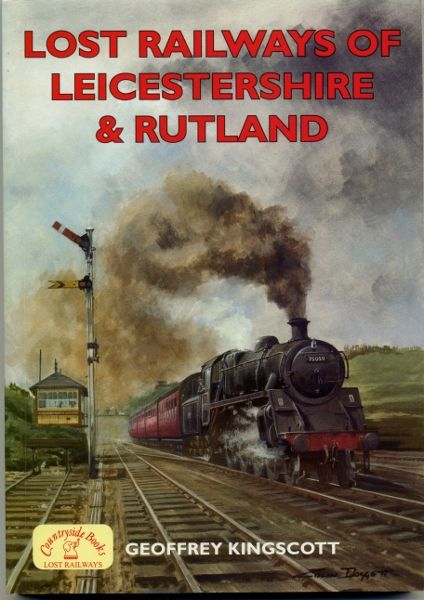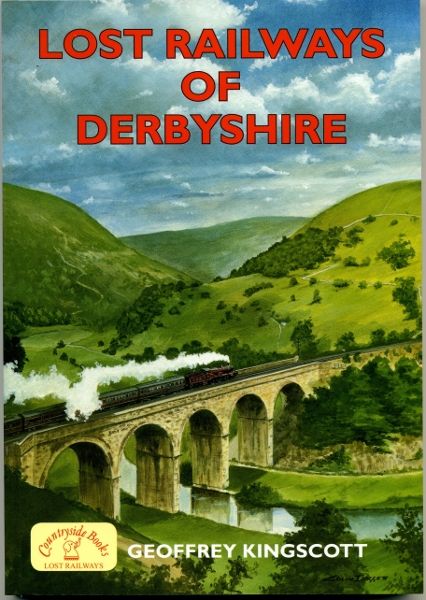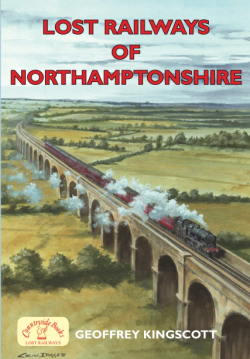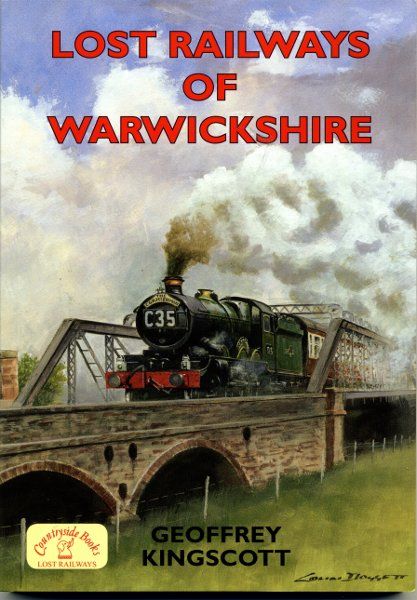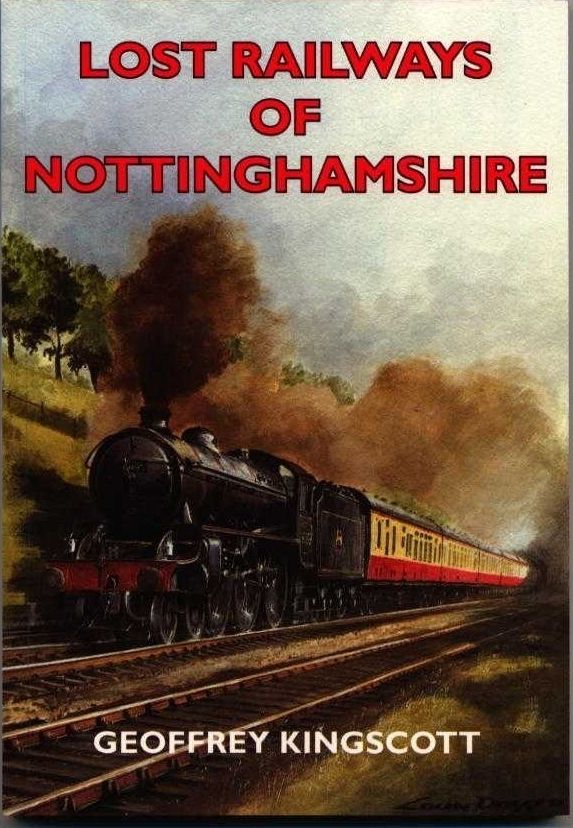About the Book
The book is a history of Trent Station from the moment mine-owners from the Erewash Valley coalfield met on August 16, 1832 to plan a railway line from Pinxton to Leicester up until the moment a few minutes after midnight on January 1, 1968, when the gas lamps were turned out for the last time.
The book Last Train from Trent Station is divided into 12 chapters.
Chapter 1 – The Midland Railway. One of the three companies which came together to create the Midland Railway was the Midland Counties Railway, and it was this railway which built lines between Nottingham, Derby and Leicester, converging on a point known as Trent Junction.
Chapter 2 – The Trent Triangle. This describes how the Midland Railway came to weave other lines through this junction.
Chapter 3 – The Station is Built. To solve the congestion where the lines cross, and in order to provide a much needed stopping place for expresses, a complex series of curves was built, with Trent Station in the middle.
Chapter 4 – The Goose Fair Disaster. One of the Midland Railway’s worst accidents occurred close to Trent Station.
Chapter 5 – “The Junction for Everywhere”. This describes how and why Trent Station became so important to the whole Midland Railway network.
Chapter 6 – Three Cheers for Mr Gladstone. A crowd of over 4000 people once gathered at Trent Station to cheer Mr Gladstone. And he was only one of a number of celebrities who passed through.
Chapter 7 – Platform Tickets and Station Signs. In British Railways days no other station had signs like Trent. The mystery is explained. And why Trent Station sold skating tickets and fishing tickets.
Chapter 8 – Trent for Trent College. Pupils travelling to this famous public school were instructed to alight at Trent Station. We also tell how Trent Station was shot up by a German plane during the second world war, and describe the Hornby model railway station which was given the name “Trent”.
Chapter 9 – Memories of Trent Station. Poachers, porters, ticket sales, walking through Red Hill tunnel, the Thames-Clyde express, the Royal Train, are all recalled by those who worked at Trent.
Chapter 10 – “The economic facts have to be faced”. How the Beeching Report spelt the doom of Trent Station, despite efforts to save it.
Chapter 11 – Turning out the Lights. The last day arrives. The last tickets are sold. The last train departs. The last gas lamp is extinguished. The demolition gang moves in.
Chapter 12 – Relics and Revivals. Records and memorabilia.
In addition to over 36,000 words of text there are 138 photographs (including Brian Amos’s unique aerial views and David Shaw’s sequence showing 14 stages in the station’s demolition), plus nine diagrams, all helping to provide a comprehensive record of this unique railway complex.
Order direct using Paypal or credit/debit card (£14.80 including UK delivery)
The book was launched on April 3, 2007, at a ceremony at the Midland Hotel, Derby, itself one of the oldest surviving hotels built by Victorian railway companies. Those present at the launch included former Trent Station employees David Shaw, David Panter and David Archer, the assistant area manager in charge of Trent Station at the time of closure George Hornbuckle, local railway history experts or collectors Brian Amos, David Jones, Laurence Knighton, Ian Mitchell and Glynn Waite local historians Stephen Best, Pam Mee and Keith Reedman, contributors Peter Brack, Barry Cope, Rodger Smith and Roy Talbot, Richard and Colette Robinson, who live in Trent Cottages built at the same time as the station, and John Blackburn, who in 1967 led the campaign trying to save Trent Station.

